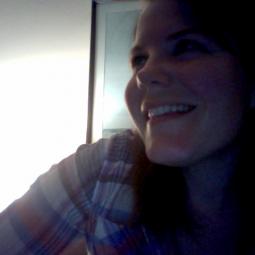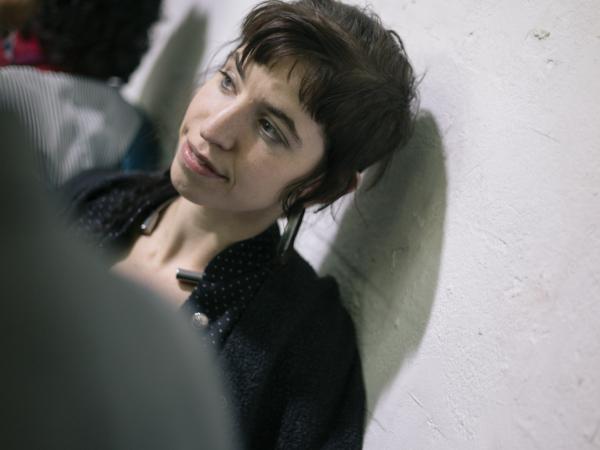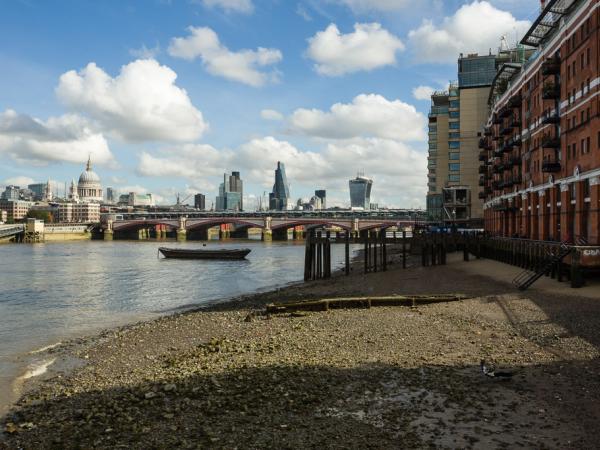Biografia
Traditionally, the archive serves a narrative function. It prescribes the limits of history and often defines what will and will not be preserved. Many also believe that an archive and the photograph can capture, solidify and accurately represent a moment in history. The archive constantly but not consistently works to catalog and categorize, to include and exclude; and it is the exclusion that I am interested in. Through my studio practice, I question whether the photographic medium and an archival collection can reference a non-linear historical narrative; a narrative that supports the fluid and transformative realities of memory, recollection and identity. For this film I chose to work with a personal family archive. The archive provided a rich and extensive set of materials, which spanned multiple generations and included thousands of photographs, negatives and Super 8 films. My decision to work with this comprehensive personal content came along with its share of challenges. One challenge in particular questioned whether my family history held any relevance in the context of contemporary art. Often, the use of the archive in contemporary art considers the misrepresentation of war, politics, or genocide. The material within my archive was a seemingly “ordinary” collection of images, which were void of any apparent trauma.
I choose to utilize this family archive to support my argument that the linear construction of history and truth exist within any archive, be it political or personal. As I began to focus on the gaps, shifts and mutations of the traditional narrative systems and formal discourse of representation I came to realize that new forms of seeing and thinking could be re-articulated. Through a combination of visual and aesthetic modes of thought as well as linguistic and analytical theory, I sought to establish the relevance of the archive by examining the potential of single moments, repetition and figural gestures found within the every day. Often, family produces how one may know and see the world and it is this production of knowledge that produces and establishes set ways of seeing and understanding. Throughout the rest of our lives, we work to negotiate these ways of seeing. I chose to utilize this archive to challenge these unquestioned, hetero-normative understandings and representations of identity, memory and recollection. I continued on to examine the ways in which archive theory, feminist philosophy and film theory could function together to support my interest in the destabilization of the archive and the existence of multiple temporalities; temporalities that I found within the stillness of movement and the potential of a gesture






